Adidas X and F50 boots: Every version of the boot through the years
The Adidas X began life as the F50 - and it's reshaped and revolutionised over the years
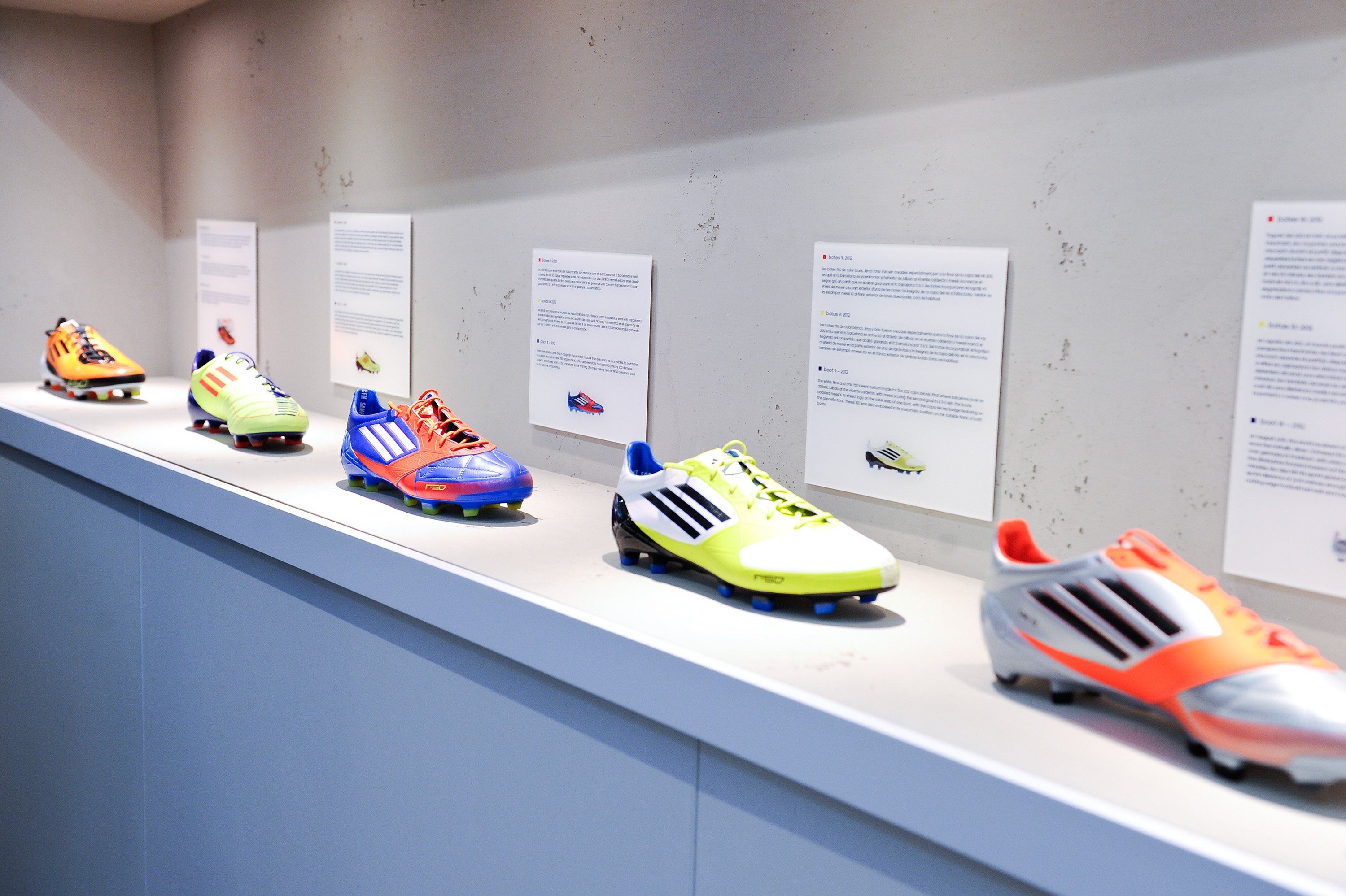
When the Adidas X Ghosted boots launched last year, they looked like they'd been beamed into our dimension from the future. They were almost translucent. The materials used were so high-tech that you'd expect them to be key to a space shuttle.
It's an image that's been consistent throughout the X range, and its predecessor, the F50. Adidas launched it in 2004 as a speedier, sleeker alternative to the Predators. The look and feel remained consistent
The likes of Ashley Cole and Djibril Cisse were used in the first marketing campaigns, which posited these footballers topless in dark photos, fluorescent tribal paint over their faces. Over time, the minimalism has remained, while the boots have become more and more futuristic.
Let's look back at how life began for this range up until the present day...
Adidas F50 (2004)
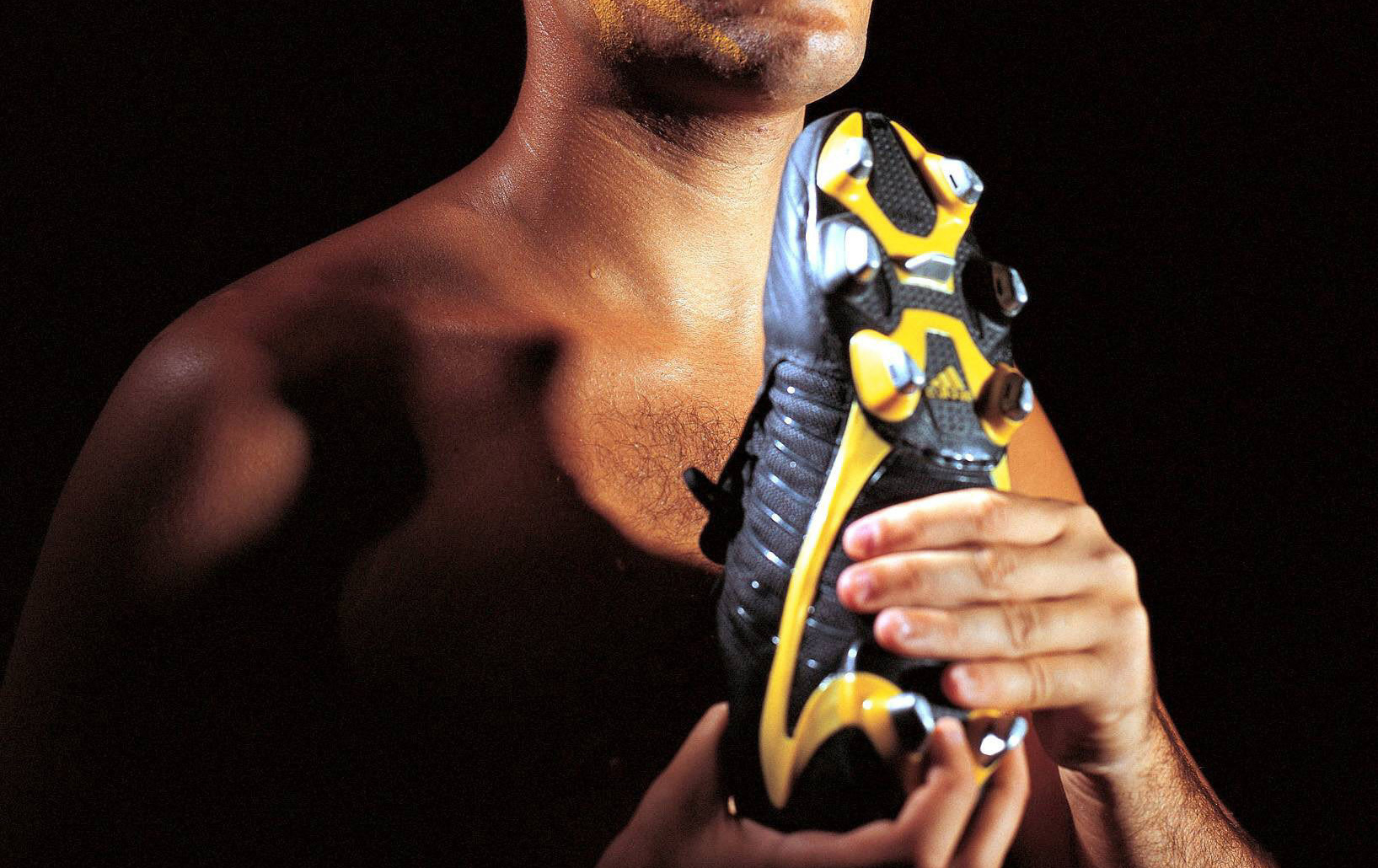
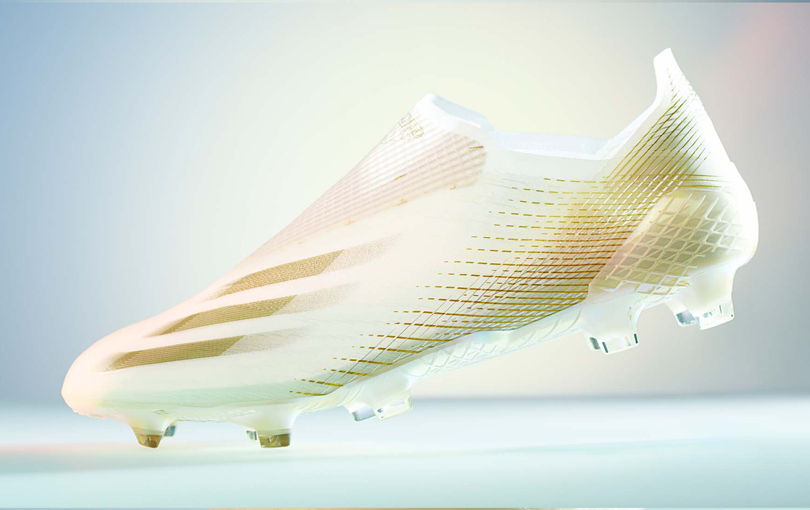
FROM F50 TO X Buy the Adidas X Ghosted boots now
Completely black boots, with just a bright yellow flourish - this was different for Adidas. In fact, the three stripes were just on the top where the tongue would be.
Except there was no tongue. There were barely laces on the original F50s: they were tucked away at the top. That made for a larger strike zone, while the instep was a different material, just like the Predator.
The first pairs were black/yellow, before Adidas brought out white/blue ones, followed by grey/black/orange ones. They all looked utterly superb.
Get FourFourTwo Newsletter
The best features, fun and footballing quizzes, straight to your inbox every week.
Adidas F50+ (2005)

The second F50 boots to come out had the same emphasis towards a front-facing striking zone, with more of a Spiderman pattern at the sides. The three stripes appear on the outside of the foot, with the Adidas logo at the top of the boot.
These pairs are extremely rare these days. The first colourway was black/blue, followed by a white/red set. Then came white/black and a champagne sort of colour. This was before absolutely everything was geared towards technology: Adidas seemed to just be having fun with the design at this point.
Adidas +F50.6 (2006)
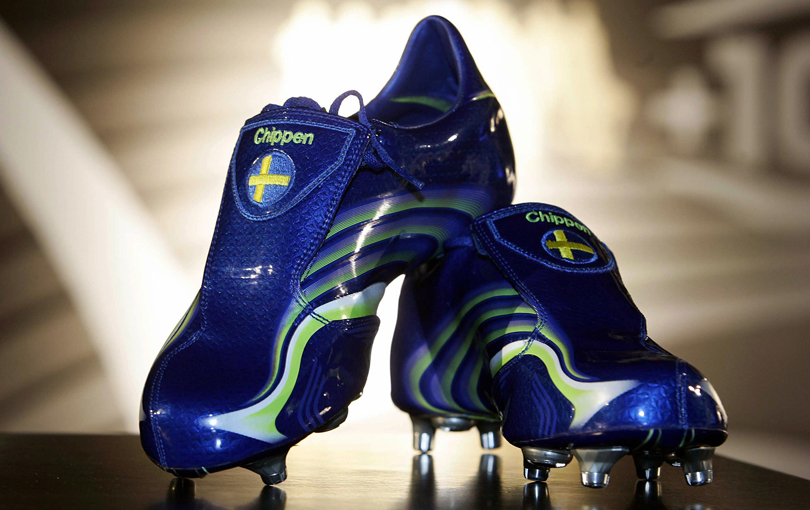
This is the first big left-turn for the F50 range. No longer are they the minimal leather boots that Adidas offer as an alternative to the Predator: these are a fully-fledged laboratory product of their own.
The F50.6 offered screw-in studs so that you only needed to buy one pair for multiple surfaces. But this version was stiffer, more plasticky than the last and so Adidas moved onto trying to make the F50 a more lightweight boot.
Adidas F50.8 TUNIT (2008)
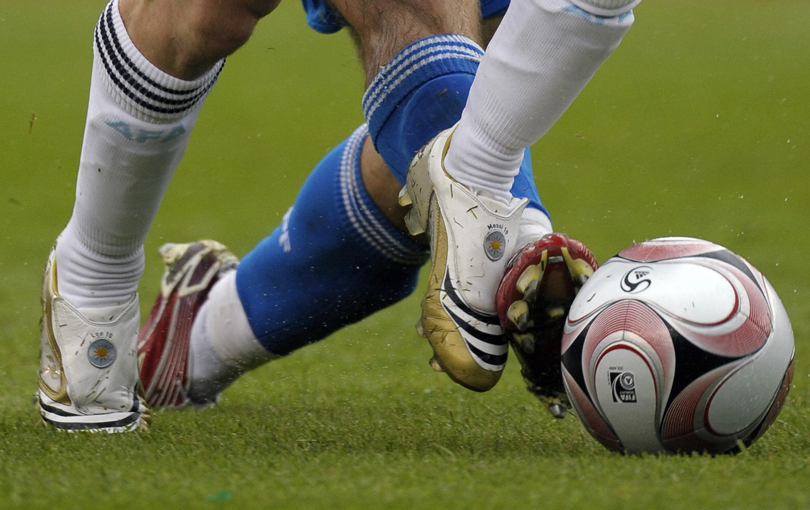
By 2008, the F50 offered a translucent heel and sole designed to improve the fit and stability of the boot. This boot was significantly more lightweight, too.
It was here that Lionel Messi would become synonymous with the brand too, getting his own version. The chop-and-change customisable studs were still a thing, too.
Adidas F50.i (2009)
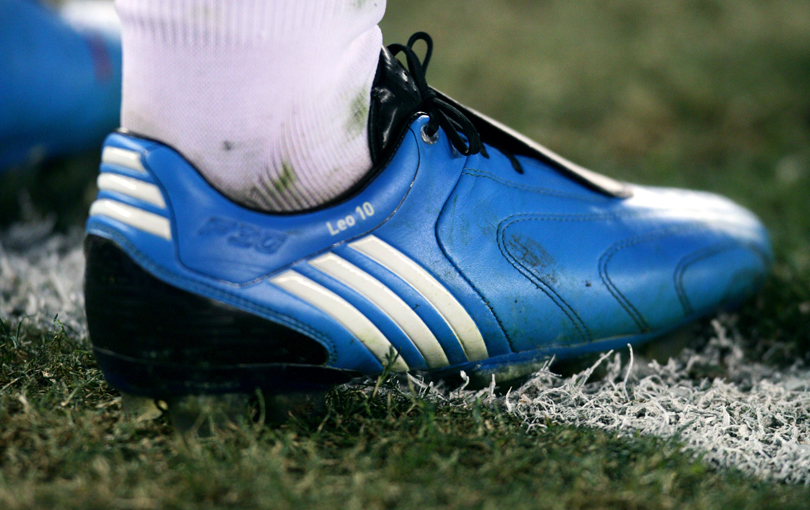
OK, they're still more minimal than the Pred - but we're already a world away from the original F50s. This, by the way, was the boot that Messi kissed when he netted against Manchester United in the Champions League.
A super thin SprintSkin upper was added to shave weight, while there were subtle pads on the inside of the foot for connecting with the ball. The interchangeable studs were still present, as Adidas created something that would inform both the future of the X brand and the Predator.
Adidas F50 adiZero (2010)

By 2010, the F50 brand was available in synthetic material and leather. No longer were you able to switch your studs up - did anyone even do that anyway? - as Messi got a gold version for winning the Ballon d'Or.
Adidas managed to get the Adizero version of the boot down to under 6oz, too. Impressive.
Adidas F50 adiZero Prime (2011)
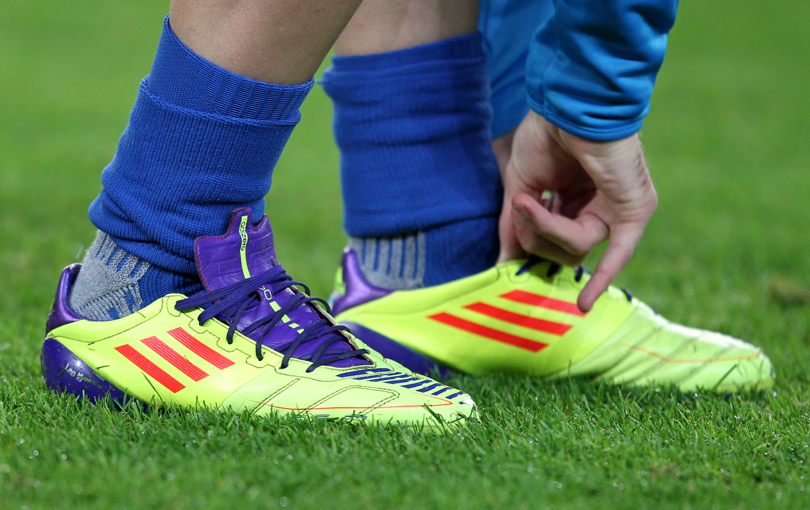
The design had a staggered pattern similar to the old Nike Total 90s but this was a technological masterpiece that was lightyears on from the early 2000s.
Adidas brought in kevlar to the upper of the Adizero Prime, meaning that they could go lighter and stronger for this edition of the F50. This one tipped the scaled at 5.2oz.
Adidas F50 adiZero, 2nd generation (2012)
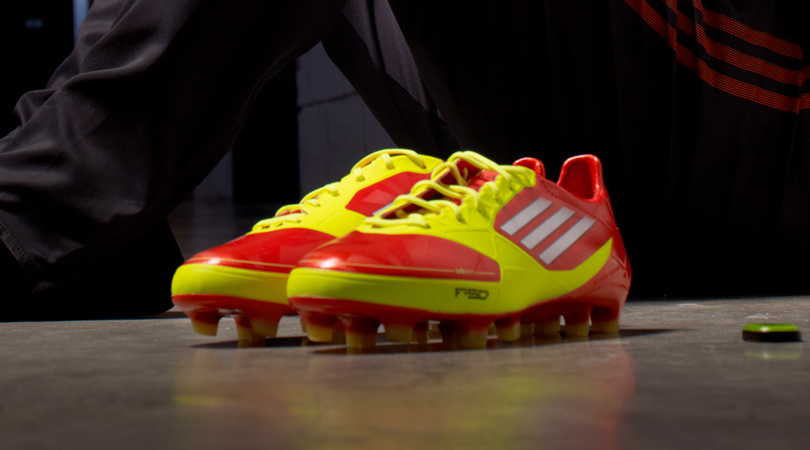
Again, Messi got his own gold shoes for his third Ballon d'Or but the regular colourway of red and yellow was distinctive enough. There wasn't much between the F50 and the Predator at this point, as the design of the former moved towards a panel on the front of the boot for walloping. Not that that's the term they used.
Adidas F50 adiZero, 3rd generation (2013)
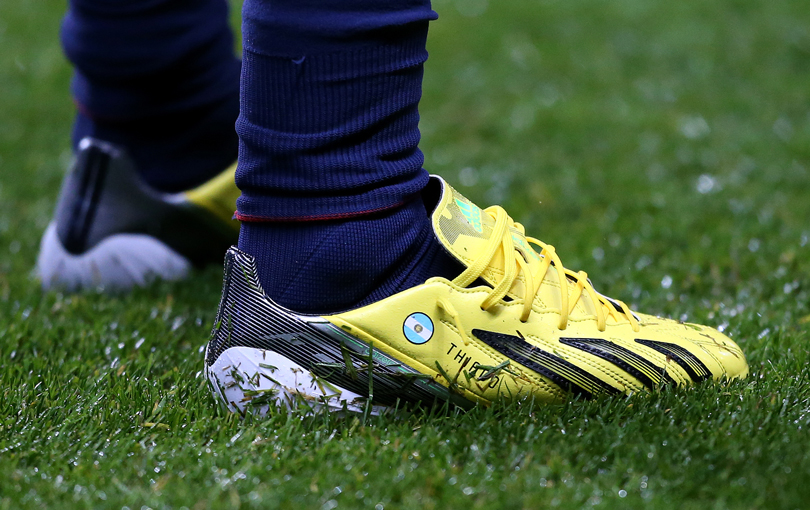
A third generation of the hugely popular Adizero F50s came in 2013, as the boot got lighter and brighter - this time the launch colourway was yellow, white and black.
Adidas F50 adiZero Samba & Crazylight (2014)
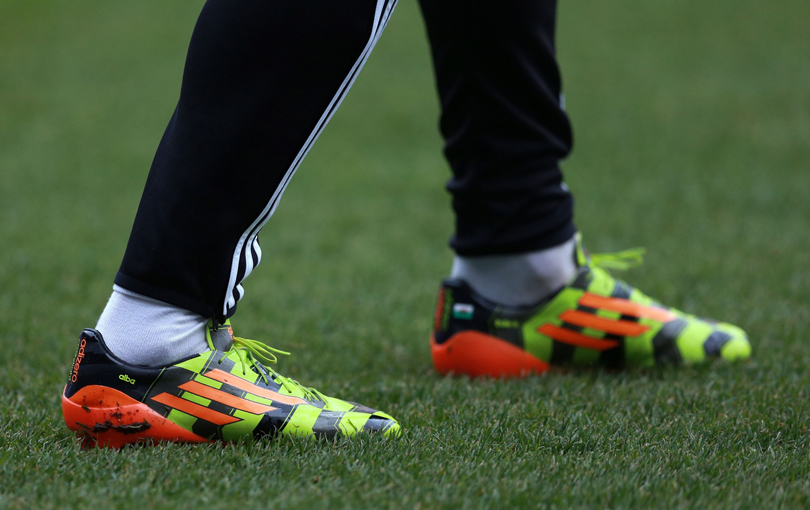
Adidas doubled down on the weightlessness of their boots, bringing in HybridTouch and SpeedFoil upper with a SprintFrame outsole to create the lightest boot that they'd come up with yet. The HybridTouch felt like leather but was much lighter, while the laces were exposed on this model.
Adidas F50 adiZero 4th Generation (2015)
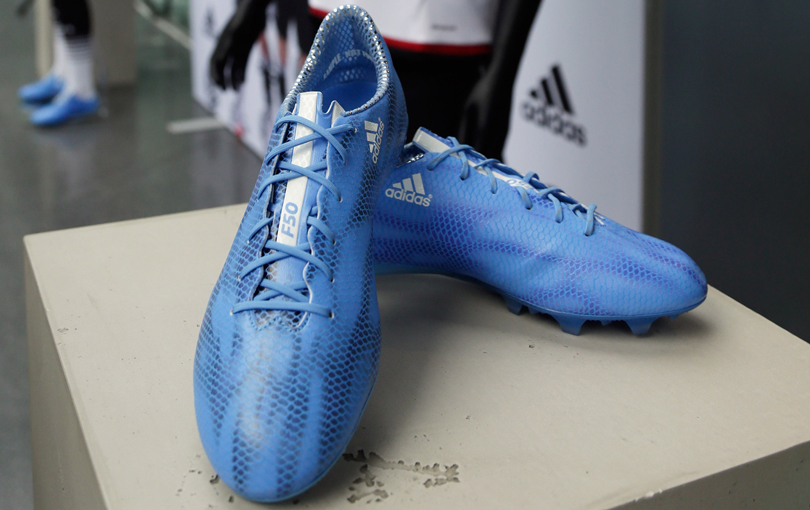
This was the final pair of F50s. With a redesigned soleplate and a newly designed upper, the three stripes had vanished from the side of the boot and now appeared on the tongue.
Compare how far the brand had come from those black/blue versions of 2004. Adidas was to go even further, too - bringing out the X brand the same year.
Adidas X 15.1 (2015)
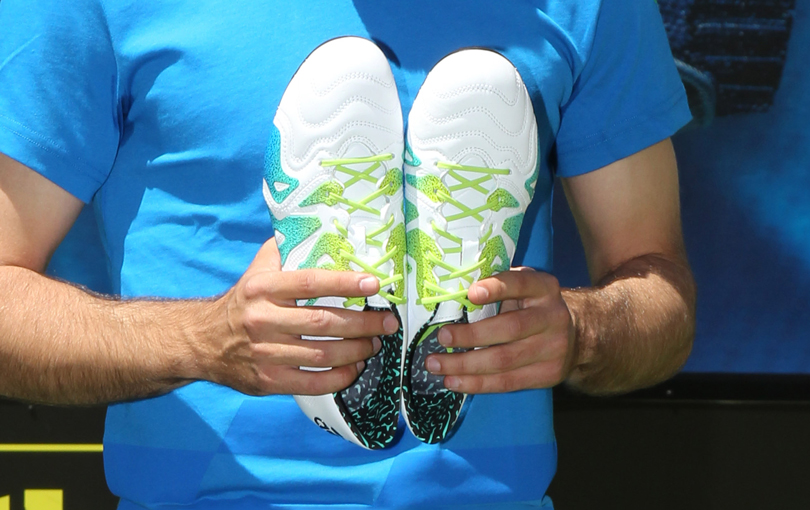
F50 was the past, X was the future. Literally. With a synthetic upper, a short compression fit collar around the ankle and a closer fit than ever, Adidas no longer had to cater to the look of the old boot. This was about speed and nothing more.
The X brand became an instant hit - Luis Suarez, Gareth Bale and of course Messi all donned versions of this boot.
Adidas X16+ Purechaos
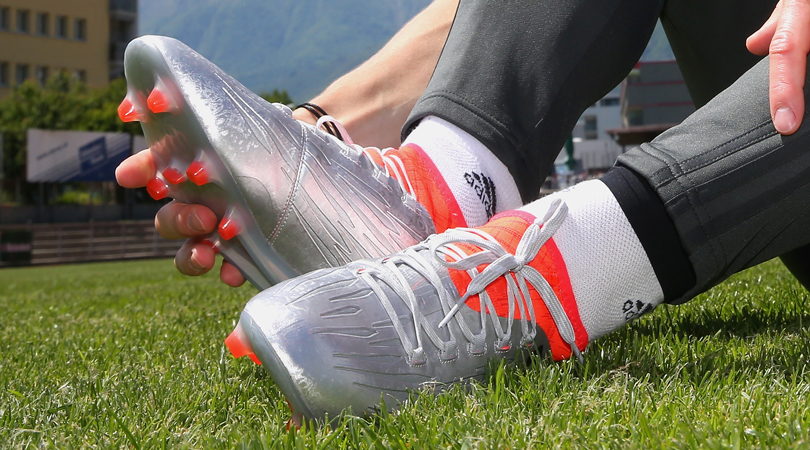
For Euro 2016, all Adidas's boots were silver. The Predator had been replaced by the Ace, with the X16+ being the speed option.
With Techfit material and synthetic upper, this was where the X really caught the attention for the first time. They were really soft comfortable boots that happened to look incredible, too.
Adidas X17+ Purespeed (2017)
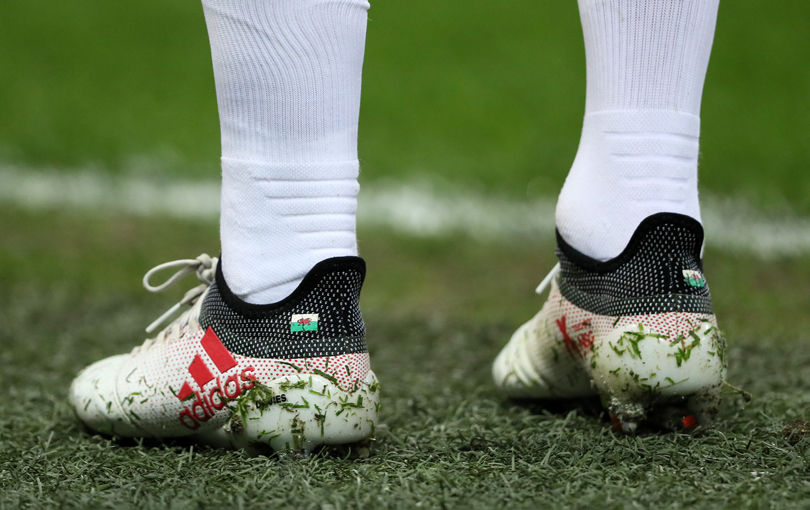
The Adidas X evolved again in 2017 with a similar look to its predecessor. That high-top ankle remained, as did the overall fabric feel of the boot. The laces had a cover, too.
Not a lot had changed on these ones. There was still the Sprintframe and these boots felt incredibly lightweight.
Adidas X18+ Purespeed (2018)
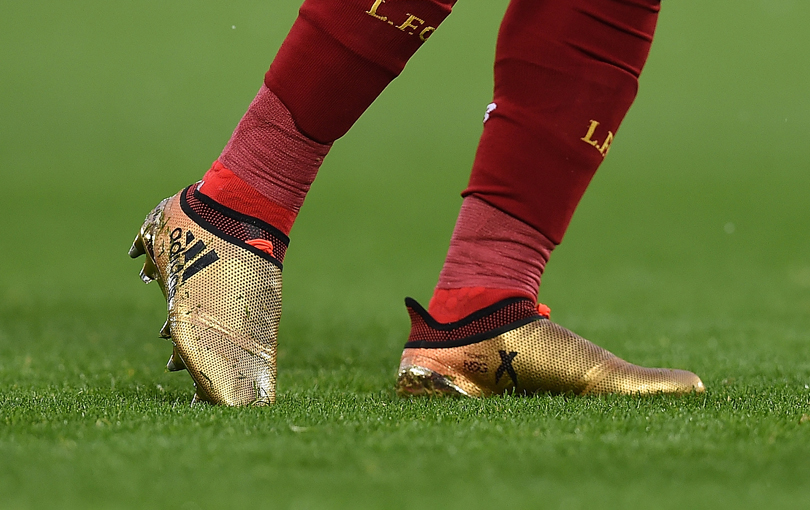
The laces were gone, the look was almost identical and Mohamed Salah was busy tearing up defences in these bad boys.
Adidas boasted a SKELETALWEAVE upper for this one - at 6.6oz, it was incredibly light but still felt unbelievably comfortable at the same time.
Adidas X19.1 (2019)
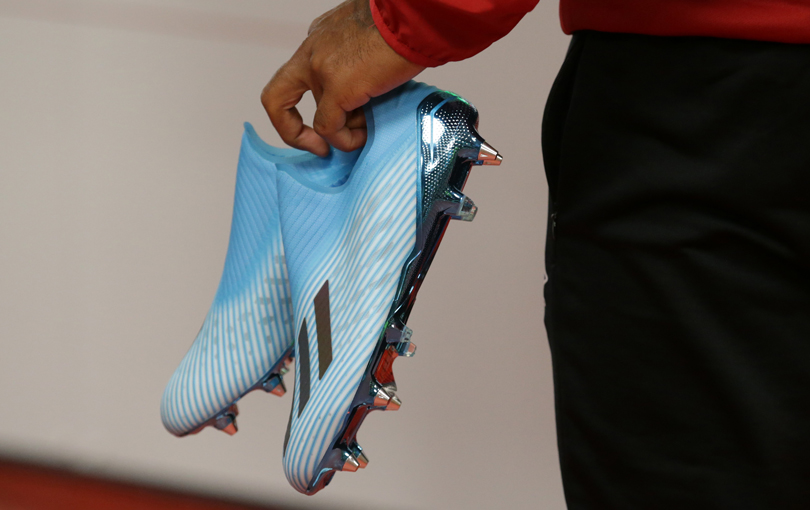
Again, Adidas switched up the material. The SKELETALWEAVE was out - in came X-Layskin, which felt pliable and translucent.
The look again evolved. The high-top ankle was no longer what your eye was drawn to as this material provided a striped feel for Adidas to splash the Three Stripes over - just like they did with those early F50 boots.
Adidas X Ghosted (2020)
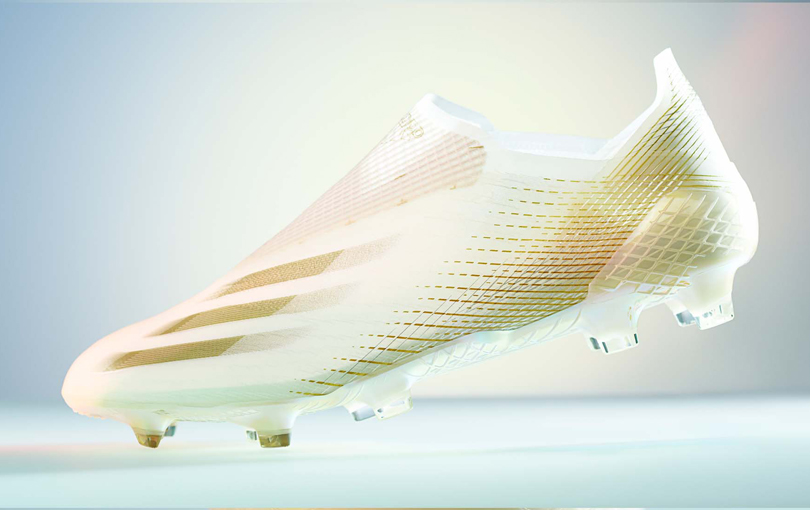
If you thought that the original F50s were futuristic, check these mothers. A carbon fibre forefoot plate and uniquely translucent upper were added, as Adidas again revolutionised the material. "Translucent Mirageskin", they called it. Ghosty.
These boots also came with "vacuum experience fit", meaning that the excess air would suck out of your foot.
While you're here, subscribe to FourFourTwo today and save 53%. All the exclusive interviews, long reads, quizzes and more but for less than half price...
NOW READ
CHELSEA Thomas Tuchel takes over Chelsea: 5 things that need fixing at Stamford Bridge
RANKED! FourFourTwo's 50 Players of the Season... so far
ARSENAL 5 things you need to know about new Arsenal signing Martin Odegaard

Mark White has been at on FourFourTwo since joining in January 2020, first as a staff writer before becoming content editor in 2023. An encyclopedia of football shirts and boots knowledge – both past and present – Mark has also represented FFT at both FA Cup and League Cup finals (though didn't receive a winners' medal on either occasion) and has written pieces for the mag ranging on subjects from Bobby Robson's season at Barcelona to Robinho's career. He has written cover features for the mag on Mikel Arteta and Martin Odegaard, and is assisted by his cat, Rosie, who has interned for the brand since lockdown.
